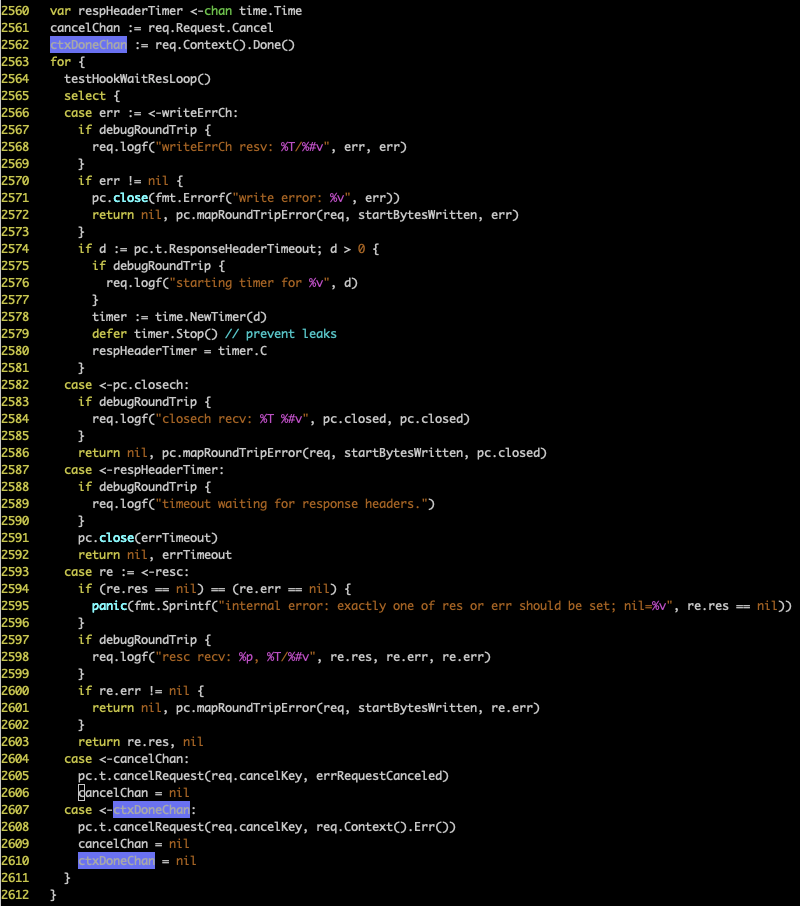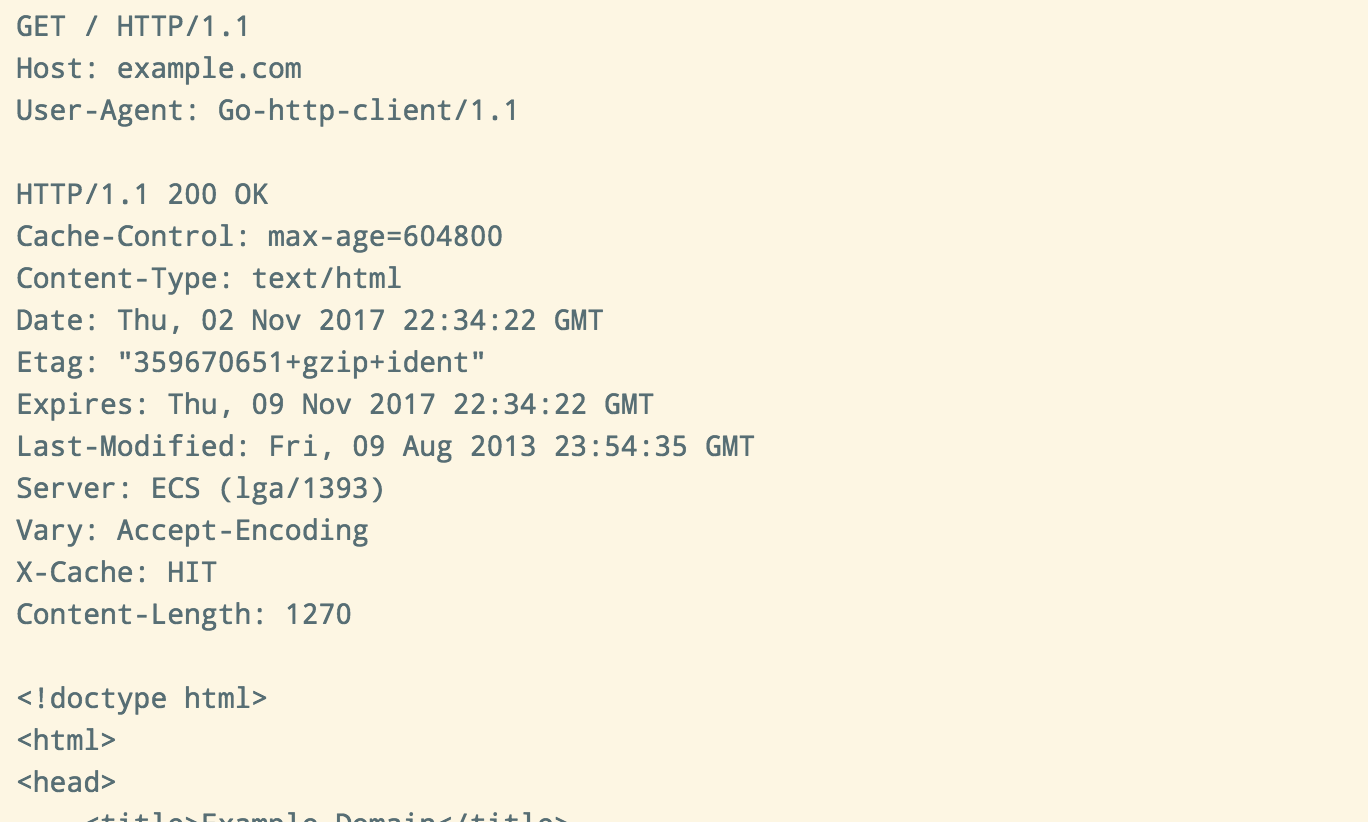

I'm sure you'll enjoy these courses as much as I've enjoyed working on struct is used to make HTTP requests in golang. Make your own search before getting someone who barely knows what he's talking about to teach you wrong concepts. If you have any doubt, take a look at my LinkedIn profile, take a look at my YouTube videos.

You will learn a lot, I will learn a lot and we're going to enjoy the journey. Since I have a lot of experience in these topics and I'm always learning new ways of teaching these new concepts, I can ensure that you'll get the most of them: because I love what I do, because I'm not a fake, because I work with these topics on daily basis I can bet my name on what I know and because I have all of these concepts so deep in my head that I can share them without forcing the process. My day-time job is basically analysis, design and development of real-time and high-performance microservices.

I work in IT since 2004, you can always reach me in LinkedIn to see more about me.
#Golang http client software
My name is Fede and I'm a Software Engineer from Córdoba, Argentina. If you want to contribute this package, please fork and create a pull request. You can send requests quicly with this package.

now : time.Now () // current local time sec : now.Unix () // number of seconds since JanuUTC nsec.
#Golang http client code
The following piece of code will demonstrate this point. I know you're going to enjoy it! If you have any doubt, take a look at my other courses and see what my students have to say! go-http-client An enhanced http client for Golang Documentation on go.dev This package provides you a http client package for your http requests. Golang Time Now With Code Examples - GoLang In this session, we will try our hand at solving the Golang Time Now puzzle by using the computer language - GoLang. Take a look at the preview lessons you have available to have an idea about the structure and content of the course. This client will the baseline for all of the applications we're going to build later, making our business scale and grow as fast as we can Go. We're not using anything more than the Go's standard library to design & develop our own HTTP client. In this course we're not only getting rid of the dependencies but we're also getting rid of the copying. Make sure you take a look at this course before even considering alternatives out there that will force you to use different dependencies for running, testing and extending your code! As Robert Pike says: "A little copying is much better than a little dependency". If you're looking to integrate a 3rd party REST APIs in your code, you'll need to perform an HTTP call to it.
#Golang http client Patch
Support for all HTTP methods: GET, POST, PUT, DELETE, PATCH and more!Ī Concurrency-Safe HTTP client that you can use without worrying about performance.Ĭontent type management and optimization.Ī clean interface in case you want to unit test your code without relying on integration testing features.Ī robust implementation so you won't need any external dependency whatsoever.Ĭompletely customizable interface: timeouts, transport layer, custom HTTP client and lots of useful features. and go to the original project or source file by following the links. What issues do we have? Can we scale our applications by following this approach? Of course not! That's why we're creating an HTTP client library that provides:įast, reliable and friction-free HTTP connections. HTTP Client hints are a set of request headers that provide header field or an. We're going to write a basic HTTP client to perform HTTP requests and then use it in productive applications. In this course we're starting from scratch! We're going to remember how a basic HTTP call looks like by digging into the request & response objects. Have you ever called a REST API from your Go program? Did you implemented your own HTTP client or did you ended up using some of the thousand libraries out there? Do you know what your HTTP client is doing in the background?


 0 kommentar(er)
0 kommentar(er)
